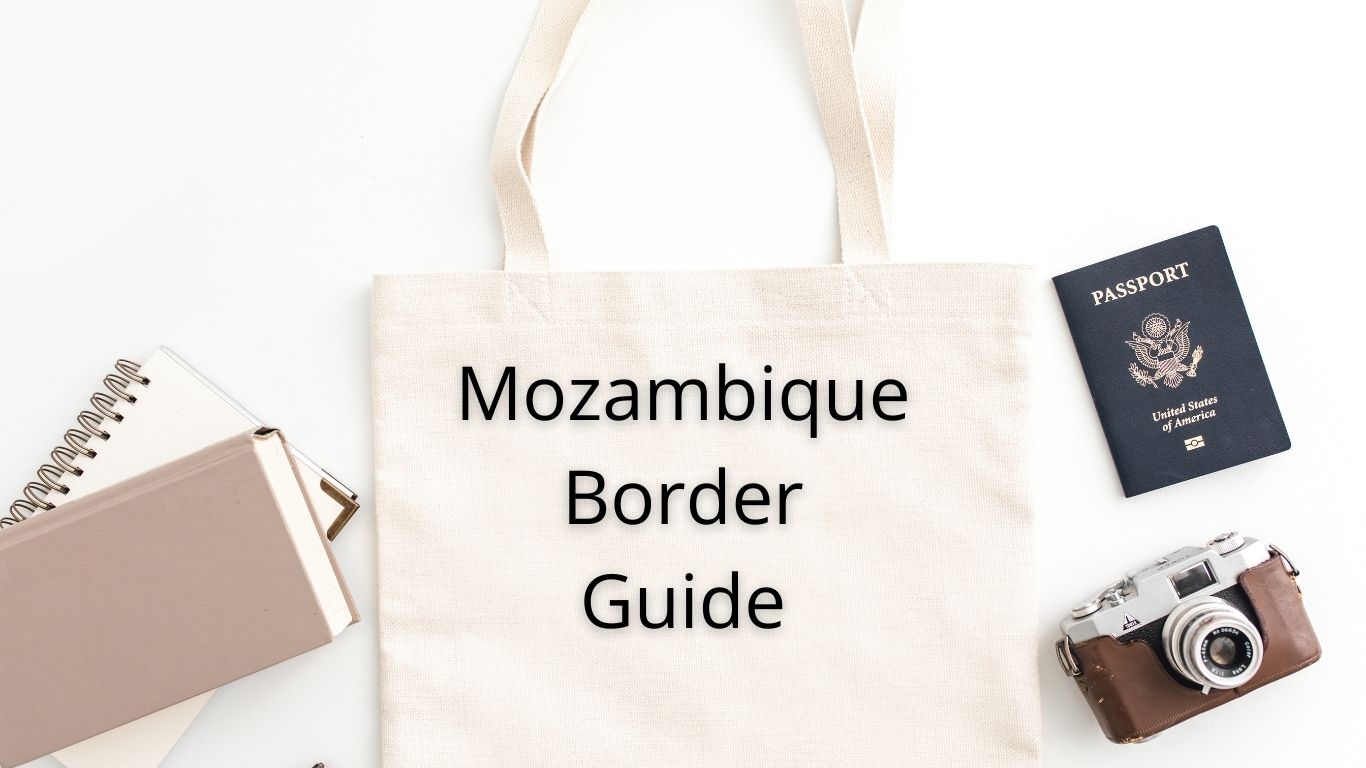There are two ways you can go about packing your clothes for travel. You can roll them or you can fold them. The best way to pack depends on a number of factors including the material the clothing is made of, the type of clothing you wear, how much clothing you pack, and personal preference. This guide outlines the pros and cons of rolling vs folding clothes when packing. We’ll cover organisation, space savings, wrinkle minimisation, clothing materials, ease of packing, packing speed, and much more. Hopefully, this guide helps you pack a bit more efficiently on your next trip.
Space Savings: Does Rolling or Folding Clothes Take Up Less Space?
In most cases, rolling your clothes saves space in your luggage. This allows you to pack more clothing. Alternatively, you could use a smaller piece of luggage. If you plan to travel with a carry on only, you’ll probably want to roll most of your clothes.
Rolling clothes take up less space because rolled clothes are a bit more dense. When you roll tightly there is less air trapped between the fabric. Folded clothes are less densely packed. When you roll clothes, you’re also packing out toward the sides. You fill all of the empty space in your bag. This leaves a bit more room on top. While packing rolled clothes, it appears that you’re saving a lot of space. In reality, the difference is pretty minor.
Rolling clothes is not always the most efficient way to pack. Some items of clothing take up less space when folded. This is the case with bulky clothing like sweatshirts and jackets.
If an item of clothing is too bulky when rolled, try folding it. It may save some space. Roll my shirts and pants then stack your folded jackets on top.
Organization
Rolling clothing allows you to see your clothes more easily. All of your clothes are rolled in neat little bundles next to one another. You can easily look through all your clothing without having to lift layers off or unpack. Visibility is great.
This makes it faster and easier to find an item of clothing in your luggage. If you’re looking for your favourite red t-shirt, you can easily spot it and grab it. You don’t have to hunt around for it. This comes in handy if you’re staying somewhere where you don’t have space to unpack and spread out.
When you fold your clothes, some of your clothes are hidden. You have to lift layers to find what you’re looking for. Clothes can unfold when you remove one item buried between layers. It takes more time to dig through the layers to get what you need. You may have to partially unpack to get one item of clothing. It’s a bit harder to stay organised when you fold your clothing.
Packing and Unpacking Rolled Vs Folded Clothing
Folding clothing is faster than rolling. After some practice, you can easily fold a shirt or pair of pants in one quick motion. You can simply stack your folded clothing and move the stack into your bag.
Chances are, most of your clothes are already folded at home. In that case, you can stack the clothes you want to pack and transfer the stack straight from your dresser drawer into your suitcase. It’s faster and easier to pack when you fold your clothes.
Unpacking folded clothing is quicker too. When your clothing is folded, you can remove the whole stack from your luggage and transfer it into a cupboard at your accommodation. This is nice if you’re staying in the same room for multiple days. You can move in and make yourself at home. If you’re the kind of person who likes to unpack, folding your clothes may be the better choice.
If you don’t unpack, it can take a be a bit more difficult to remove the item of clothing you need when your clothes are folded. You may have to dig through your bag or remove some items.
Rolling clothes requires two steps. First, you have to fold the item of clothing. Then, you roll it up. You have to roll carefully to avoid creating wrinkles. You also need to roll tightly so your clothes don’t take up too much space. Rolling clothes properly is somewhat time-consuming. It’s slower than folding.
When you roll your clothing, you must also place each item in your luggage one or two at a time. You can’t grab 8 rolled shirts all at once like you can with a stack of folded clothes. It takes more time to pack. Unpacking rolled clothing is also a bit more time-consuming because you have to remove each item one or two at a time.
If you don’t unpack and just live out of your suitcase or backpack, it can be quicker to get what you need when your clothing is rolled. You can see all of your clothes and easily remove one item without disturbing the rest of your clothes. This makes rolling the better choice for those who live out of their suitcase and never completely unpack.
If you find that your clothes are wrinkled when you unpack, try hanging them in the bathroom while you shower. The steam from the shower can help to loosen some of the wrinkles. Of course, if your accommodation comes with an iron, you can iron the wrinkles out.
Which Types of Clothing Should be Packed Rolled
Clothing made from synthetic materials such as polyester or Lycra
Casual clothing such as t-shirts, shorts, skirts, jeans, and travel pants
Delicate items including socks, underwear, and swimsuits
Anything made from wrinkle-resistant fabric
Long pants. Many travellers prefer folding pants but I prefer rolling
Items that you would hang up in your closet at home
Which Types of Clothing Should be Packed Folded
Clothing made from natural fibers such as cotton, linen, or wool. Cotton and linen wrinkle easily when rolled. They wrinkle less when folded. Wool clothing tends to be bulky when rolled. It takes up less space when folded.
Formal clothing such as button-up shirts, suits, dresses, and dress pants. These tend to wrinkle less when properly folded. Consider using a garment folder to reduce wrinkles and keep your dress clothes clean.
Bulky items such as knit sweaters, sweatshirts, jackets, and jeans are often best folded. These items are too bulky when rolled.
Thin and lightweight clothing, such as those made from silk or rayon. Particularly thin clothing tends to take up less space when folded.
Items that are usually folded on store shelves are best folded when packing
When you fold clothing, consider where you make the fold. Ideally, try to fold your clothing along the seams. Try to make folds in places that aren’t too visible. In most cases, there will be a slight crease where the fold was.
How to Roll Clothes for Travel
Rolling your clothes is pretty straightforward. When rolling your clothes:
Lay your clothes out flat on the bed or floor. Smooth out any wrinkles.
Try to fold your clothes only along the seams or in spots that won’t be too visible. This prevents hard creases in visible places. If you’re using packing cubes, try to fold your clothes so they’re the same width as your packing cubes.
Start rolling. Be sure to smooth out any creases or bunched-up spots as you go. This will help you keep your clothes wrinkle-free. If your clothes are wrinkled when you pack them, they’ll be wrinkled when you arrive at your destination.
Try to roll your clothes fairly tightly. They’ll take up less space this way. Rolling tightly can slightly compress your clothing. You don’t want to roll too tight or the fabric can get stretched out.
To roll a t-shirt, lay the shirt out flat, fold the sleeves in along with an inch or two of fabric on the sides. Next, roll from the bottom. Alternatively, you can fold your shirt like you normally would then simply roll it up. Another option is to fold the shirt in half vertically, fold the sleeves into the centre, then roll. To roll a pair of pants, fold them in half vertically at the waist then roll them up from top to bottom.
Watch this video to see how to roll your clothes.
How to Fold Clothes for Travel
Packing dress clothing without creating wrinkles is a challenge. Chances are, your clothing will have some creases when you remove it from your luggage. There is no avoiding it. You can reduce wrinkling by properly folding and packing your clothes.
To fold a dress shirt, button it up all the way and lay it face down on a flat surface such as a bed or table. Spread the sleeves out to the sides then fold them back toward the middle of the shirt. You want to fold the sleeves near the shoulders to avoid creating visible creases. Next, fold each side of the shirt in about 3 inches toward the middle. The sleeves should make a ‘V’ pattern. Finally, fold it in half from the bottom up. You can fold it twice if you need to save space. As you fold smooth out any wrinkles.
To fold jeans or dress pants, lay them out flat and fold them in half at the waste. Next, fold them in half around the knee. Fold them in half again if necessary. As you fold, be sure to smooth out any wrinkles.
Another Option is Stuffing Clothes
Another packing technique you can use is stuffing. Simply stuff clothing into empty space without folding or rolling it. This is a great way to fill up any empty volume in your luggage. Some jackets, such as rain jackets and down puffy jackets are designed to be stuffed.
What’s the Best Way to Pack Clothes for Travel?
The best way to pack your clothes is a mix of folding and rolling. Fold button-down shirts, dress clothes, formal clothes, bulky clothes such as sweaters and jeans, and clothes made from natural fibres such as linen and cotton. Roll everything else including t-shirts, shorts, dresses, activewear, skirts, socks, and underwear. This hybrid approach gives you the best of both worlds. It’s also the most efficient.
While packing, take time to roll or fold your clothes properly. As you roll or fold, flatten out any bunched-up spots so your clothes stay as wrinkle-free as possible. Fold or roll carefully so all of your clothing is uniform in shape and size. It’s easier to pack clothing when everything is folded or rolled into the same size. If you have sloppily folded clothes with different dimensions, they won’t stack neatly and they’ll take up more space than necessary.
It’s also important to consider convenience while packing your clothing. Place items that you’ll need to access regularly near the top. Place items that you won’t need as often near the bottom. For example, you’ll want to pack your socks and underwear somewhere you can easily access them. You can pack your rain jacket and swimsuit near the bottom of your bag because you probably won’t need these every day.



